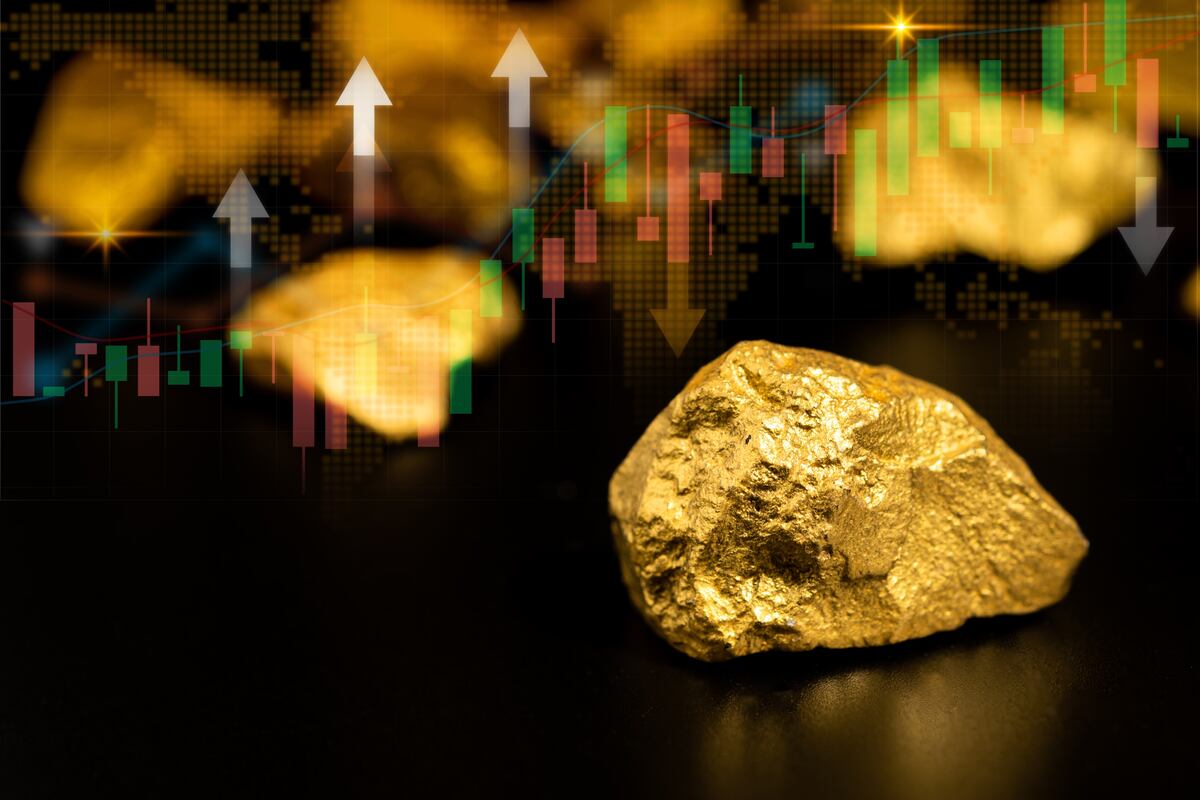Gold prices fell on Tuesday but remained near a record high they reached in the previous session as concerns over U.S. tariffs on China and inflation boosted safe-haven demand.
In the UAE, gold rates rose, with 24-carat gold gaining AED2.5 to AED341.25 and 22-carat gold rising AED2.25 to AED316. Meanwhile, 21-carat gold rose by AED2.25 to AED306 and 18-carat gold increased by AED2 to AED262.25.
Globally, spot gold fell 0.15 percent to $2,814.6 per ounce, as of 5:11 GMT. Prices hit a record high of $2,830.49 on Monday. Meanwhile, U.S. gold futures declined 0.35 percent to $2,846.99.
The U.S. dollar index fell 0.13 percent to 108.85, making bullion more attractive for other currency holders.
Trump suspended tariffs on Mexico, Canada
U.S. President Donald Trump suspended tariffs on Mexico and Canada on Monday, agreeing to a 30-day pause in return for concessions on border and crime enforcement with the two countries. However, tariffs on China began at 05:01 GMT on Tuesday, according to Trump’s written order. The market sees Trump’s tariff policies as inflationary.
The 25 percent tariffs imposed by Trump on Canadian and Mexican imports from Tuesday, along with a 10 percent levy on Chinese goods, fuelled fears of a trade war that could slow global growth and raise inflation. Canada and Mexico had ordered retaliatory measures while China said it would challenge the tariffs at the World Trade Organization and take unspecified countermeasures.
Gold prices will likely remain supported by market volatility caused by policy uncertainty. Bullion is considered a hedge against both inflation and geopolitical uncertainty.
Investors eye U.S. job openings report
This week, investors are awaiting the release of a series of U.S. jobs data, which include U.S. job openings data due later in the day, ADP employment report on Wednesday, and payrolls report on Friday.
The U.S. ISM manufacturing purchasing managers’ index climbed from 49.3 in the previous month to 50.9 in January, beating expectations for a reading of 49.8. Additionally, the prices paid index, which measures inflation, rose to 54.9 from 52.5, while the employment index increased to 50.3 from 45.4, and the new orders index improved to 55.1.
Data indicating a rise in prices came on top of speculations that Trump’s trade tariffs could push inflation up and give the Federal Reserve less of a chance to cut interest rates further.
Chicago Fed President Austan Goolsbee warned that uncertainty over Trump’s policies could delay the central bank’s plans to cut interest rates. Meanwhile, Atlanta Fed President Raphael Bostic noted on Monday that although the U.S. labor market remains surprisingly resilient, tariff threats throw a wrench in outlook expectations.
U.S. central bank to stay cautious with rate cuts
Investors remain worried that Trump’s new tariffs could significantly worsen inflation in the U.S. and validate the Federal Reserve’s expectations, further impacting gold prices. On Wednesday, Fed Chair Jerome Powell said inflation and jobs data would determine when another easing would come.
The U.S. central bank decided to keep policy unchanged at the end of a two-day meeting last Wednesday and signaled that there would be no rush to lower borrowing costs until inflation and jobs data made it appropriate. Following the Fed’s first rate cut pause since September, the market expects the U.S. central bank to stay cautious when it comes to policy easing. Higher interest rates reduce the appeal of non-yielding assets like gold.
Read: Earnings, corporate actions to drive GCC equity markets this week amid U.S. tariff policies
Other precious metals
As gold prices declined from their new high, the precious metals market saw mixed movement on Tuesday. Spot silver fell 0.39 percent to $31.43 per ounce while platinum rose 0.13 percent to $965.75 and palladium gained 0.40 percent to $1,013.25.








